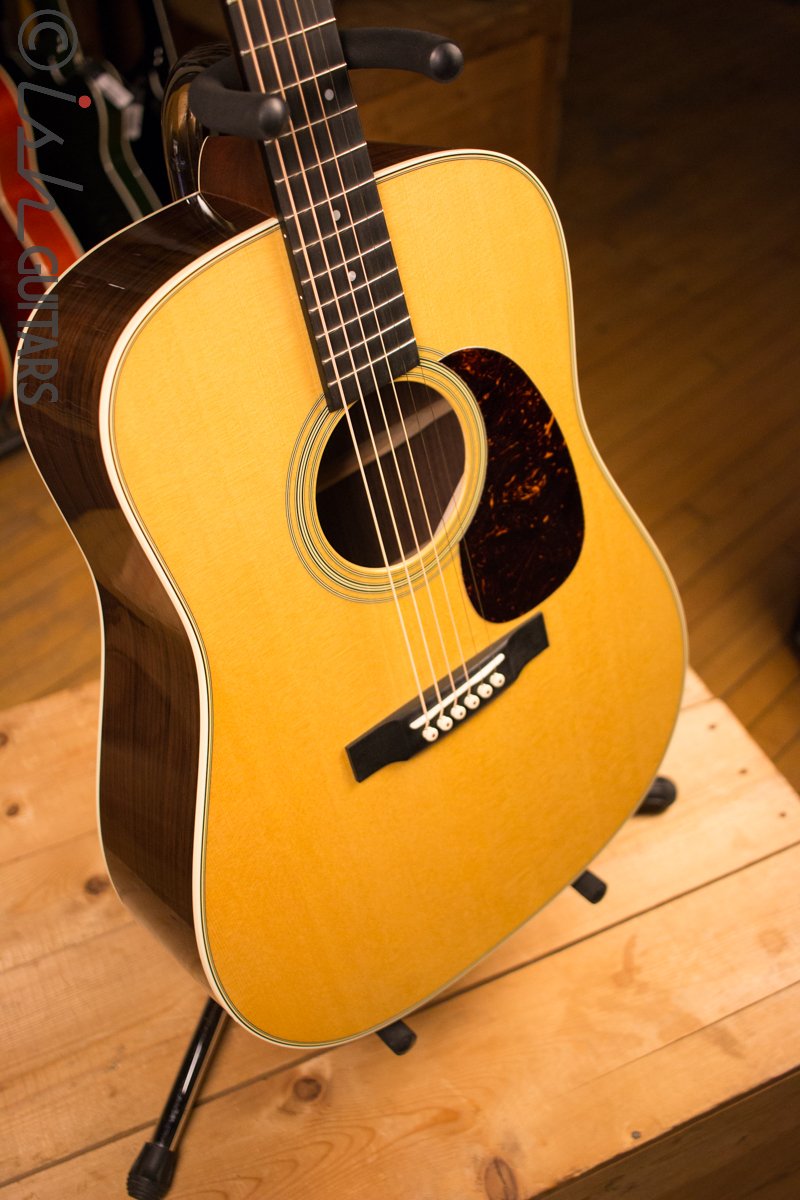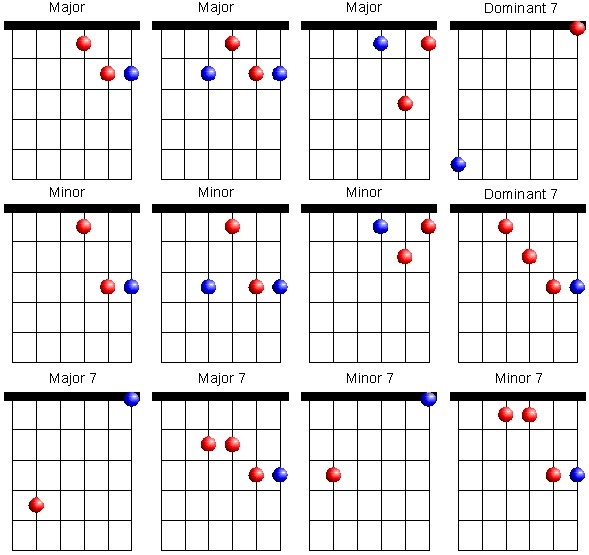When I first started experimenting with DADGAD
Alternate tuning DADGAD
As a teenager I was so cool that most of the music I listened to was recommended to me by my dad. This was often in the shape of classic British and American singer songwriters such as James Taylor and Steve Earle, and while I have since diversified somewhat, the influence that this sound had on my development and style have been really important to me as a musician. I found there to be something soulful and joyful about this acoustic sound that seemed to have depth in antiquity as well as feeling effortlessly contemporary, even decades after release. I would spend a lot of time carefully listening through particular tracks so I could then attempt to work out the pieces on my guitar, trying wherever I could to replicate certain stylistic riffs and movements. Whilst I usually had little trouble working out faithfully accurate recreations, there were a few guitarists that would more often than not leave me stumped, and totally unable to recapture the mood and tone of their songs. This was made all the more annoying by the fact that I almost invariably had this issue with the guitarists whose style I most admired. They were, at the time, Stephen Stills, John Martyn and Richard Thompson. What I heard when listening to them was to me rich and engaging, and despite being able to find the correct structure and chord sequences, I just could not make my guitar sing in the same way.
DADGAD tuning
Around this time, and during a family get together at the home of an uncle of mine who is an excellent guitarist himself, I did the done thing for a teenager and eventually sloped off for a bit of space away from the people I love. It was then that I found a guitar magazine and came across an article about the alternate tuning DADGAD. I followed the instructions, tuning both the low and high E strings down by a whole tone to D, along with the B string also down a tone to A, then picked through a couple of the riffs that were tabbed out in the piece. Suddenly something clicked, and I found there to be something familiar to me about this sound. Over the next few weeks I spent my practice time discovering more about this tuning, using my ear to find chords and patterns within these new parameters. I found it very exciting to be exploring this new way of playing, as there now seemed to be a new and greater depth and tone to almost everything that I tried. I then had the idea of going back to many of the songs that I had before struggled to learn, as now I was able to try them from a new angle, and with much more success. Suddenly I could emulate the dry twang of a Stills song, or the rhythmic strut and swing of John Martyn’s playing, all while keeping the sound rich and full.
It is almost limitless what you can already achieve on a guitar in standard tuning, but when you discover the use of alternate tunings it is almost like being introduced to several new instruments. The quality and timbre of each string can be manipulated in many ways, to help you to discover a plethora of new voices within your guitar. When I first started experimenting with DADGAD, I initially placed my first finger on the second fret of the 3rd string, and strummed all 6 of the strings, giving me a D5 chord. All I had with this chord was a D in three different octaves, and an A in two octaves, but what enticed me about this sound was a deep hum and buzz in the strings; there was something much more alive about this simple D5 chord. From there I began to explore songs in the key of D, and found that the richness and simplicity of the chord shapes gave me much more freedom to play around with the rest of the fretboard, generally finding more ‘diddly’ bits on the higher strings, while still allowing low tones to ring out and mingle underneath.
Music is so often about exploration and discovery, and I find that many guitarists can lose much of their interest once they feel that they are repeatedly playing the same pieces and running down the same dead ends. While it is very important to be meticulous in practice, and to perfect anything that you begin to work on, musical motivation can often falter with the loss of discovery and excitement. This is where alternate tunings can become invaluable. Changing the voicing and tones available to you is a great chance to start again, and to experiment purely through what you hear as opposed to what you know. Whenever I am faced with a tuning that is entirely new to me, I frequently begin by trying to forget what I know about scales, progressions and intervals, and simply begin by picking out various strings and placing my hands along the fretboard, attempting to follow feelings and voices, and seeing where it leads me. This can be a massively liberating way of learning, as pleasing moods and patterns will begin to emerge through your own, totally independent discovery, and the sound that you create will feel unique and personal.
So next time you find yourself falling out of love with your guitar, look up some new tunings, and find one that sits well in your ear. Take your time then to discover it, and you may find yourself to be captivated by a whole new set of voices, and then to be compelled to spend more time with your guitar, not working through a tab or following a YouTube tutorial, but instead just getting to know it all over again. The use of alternate tunings has since become integral to the development of my style and ability, and I often find myself returning to where it all began with the DADGAD tuning. Even now after all this time, it still has so much for me to discover.
Arthur Randle


